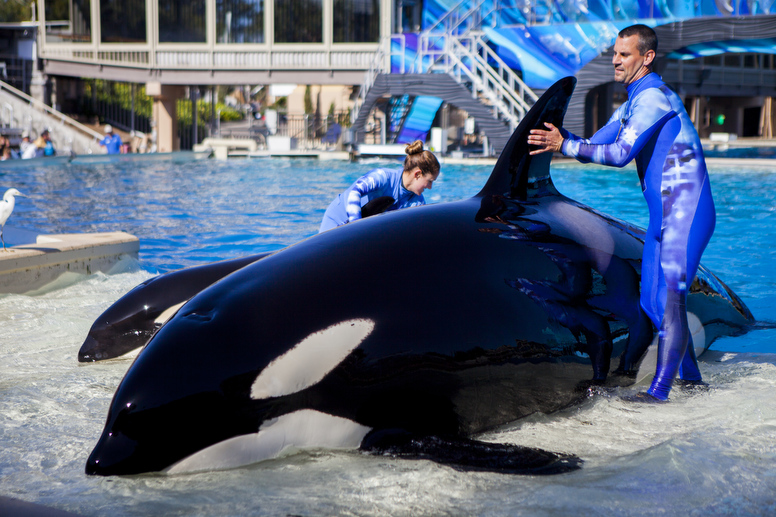By Boris Pavlov, Year 11
Animals have formed part of our entertainment for centuries, dating back to before even gladiatorial arenas. Obviously, nowadays they are held in zoos instead; however, the question of their treatment remains ever present. Despite possible enjoyment that animals can bring us, it is vital to understand the critiques animal activists have tried for years to bring to our attention, and it is time to fix the deplorable conditions in which zoo animals reside.
The simplest example of this is SeaWorld, which has received tremendous amounts of backlash over its orca shows – and understandably so. Orcas can swim up to 100 miles daily in the wild and are not used to being confined. In SeaWorld, their tanks are smaller than their parking lot. This, coupled with inhumane forced breeding programs and circus performances for the crowd’s entertainment garnered the attention of CNN in 2013, when they published a documentary called “Blackfish.”
The documentary investigated the life of Tilikum, an orca kept in captivity at SeaWorld. Living in such conditions resulted in the deaths of three people all killed by Tilikum, whereas orcas are not normally aggressive. The documentary raised some significant concerns about the treatment of the majestic animals, such as the misinformation about their shortened lifespans and collapsed dorsal fins that was spread, grief felt by mothers that were separated from their calfs, and the animal violence that left bloody scratches from animals that didn’t have space to escape. It would be wrong to say that it didn’t help. In 2015, SeaWorld announced that it would slowly stop its orca shows and in 2016 it ended its breeding program. However, since then not much has changed. Four orcas have died since 2017, the latest being Kyla, a mere week ago.
These deaths are not natural. Kyla died aged 30, 20 years below the average lifespan for orcas in the wild, which can live up to 100. To make matters worse, the deaths are often preceded by painful skin lesions and bacterial infections of the lungs due to the chlorinated water in which they are kept in. With this considered, the lack of further action no longer becomes merely a problem of ethics but one of human morality.
How far are we willingly to bend values for our own entertainment? This isn’t a problem unique to SeaWorld. The bear pits in Bern also show a severe lack of respect and exploitation of wild animals. Although renovated in 2009 to improve the conditions of its resident bears, the cages are small. The cruelty inflicted upon the animals for the sake of a symbol is truly shocking.
Things aren’t getting better either. Recently pictures of hundreds of orcas and belugas in prisons in the ocean surfaced, with indications that they were destined for zoos in China. The fact that even after the conditions were revealed, and the public continues to endorse them, is nothing short of immoral. To conclude, it is time that we stop being so selfish, and either end the barbaric entertainment we get from animals living in cruelty, or majorly improve their situations.



